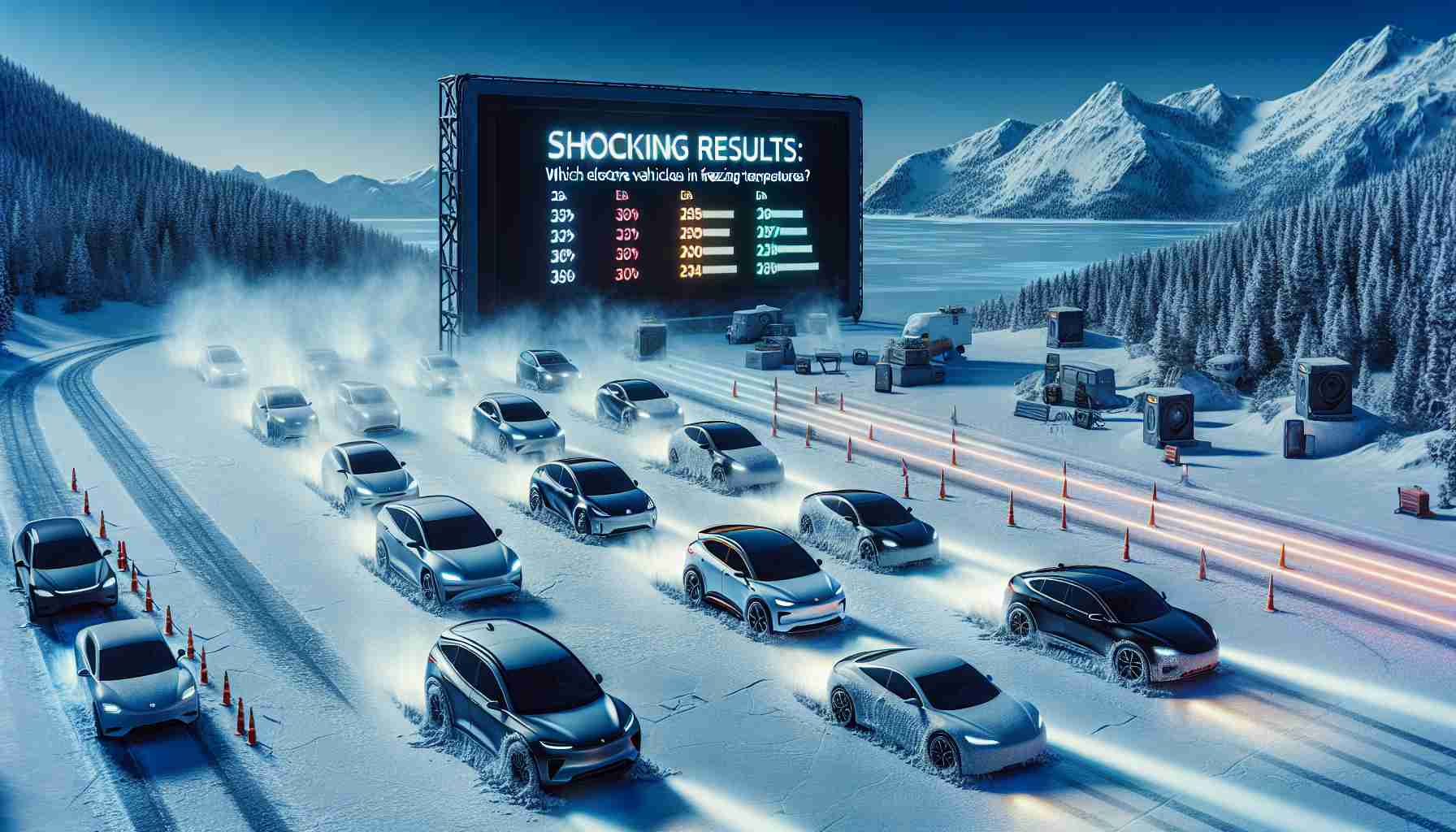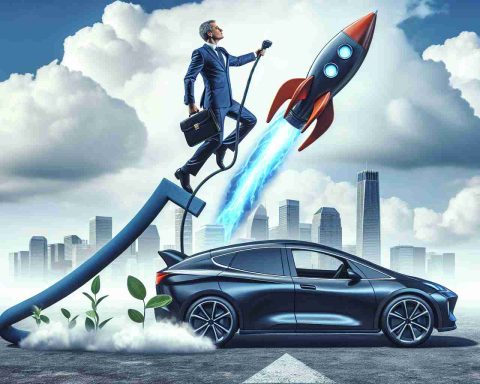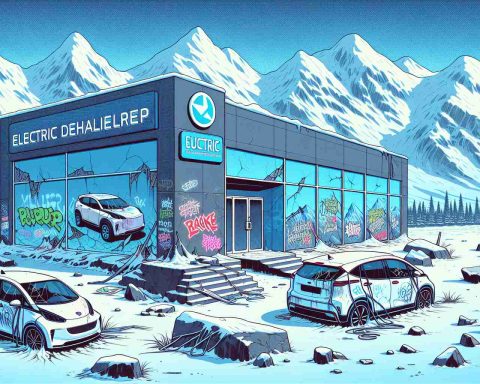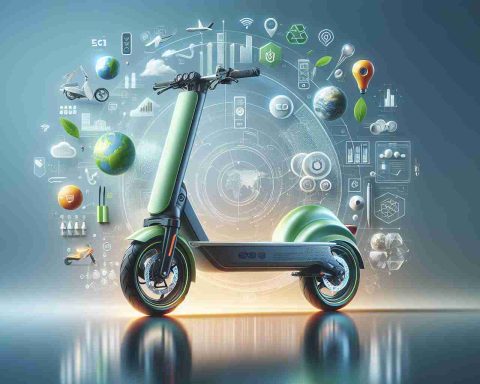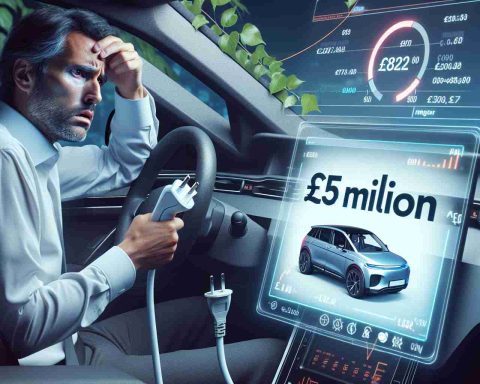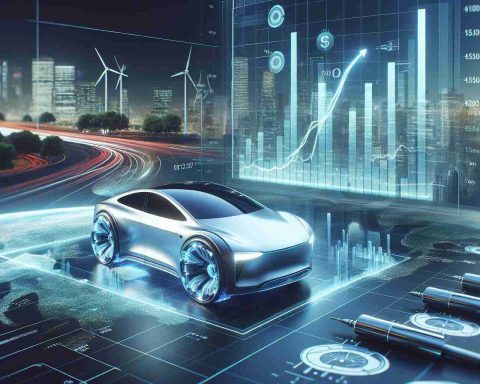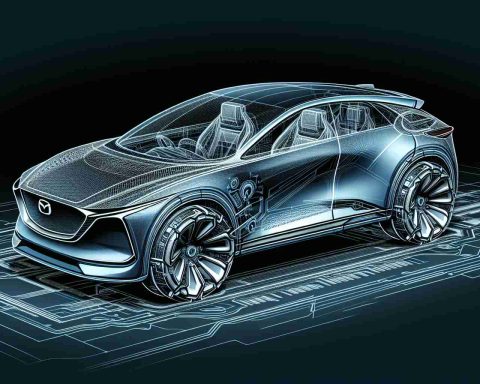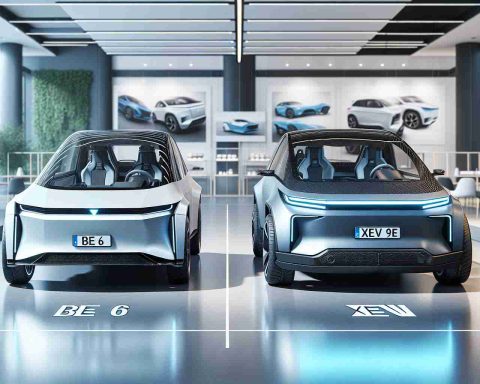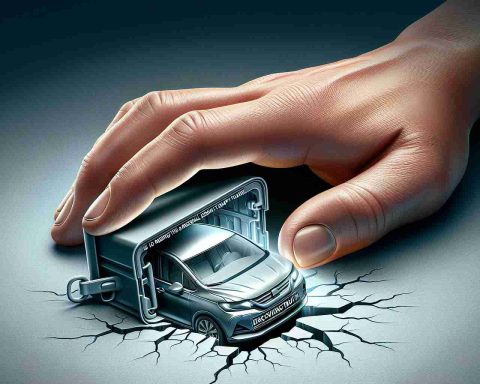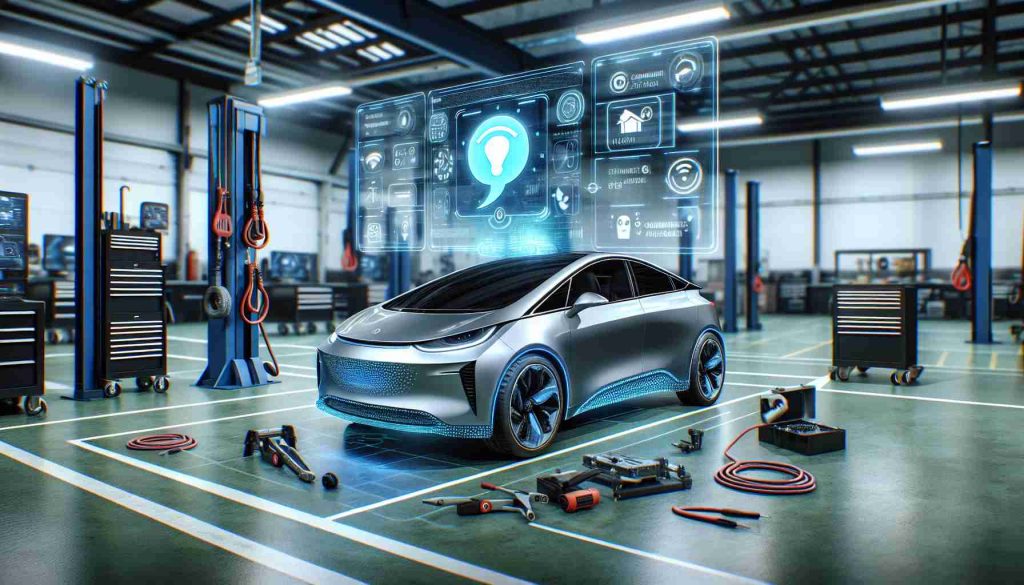- The Chevrolet Silverado EV demonstrated the best charging performance in extreme cold conditions, averaging 233 kW.
- Many EVs experience decreased charging efficiency and range when temperatures drop significantly.
- Ford’s F-150 Lightning and Tesla Model 3 performed well, but the Ford Mustang Mach-E struggled with low charging rates.
- European models like the Volkswagen ID.4 Pro maintained decent performance, while others like Polestar 2 demonstrated variability.
- Korean models, including the Hyundai Ioniq 5 and Kia EV6, faced significant performance issues, especially in cold weather.
- Drivers in colder climates should prepare for longer charging times and adjust their charging strategies accordingly.
As winter sets in and temperatures plummet, the Canadian Automobile Association (CAA) recently unveiled startling findings on the performance of electric vehicles (EVs) in extreme cold. Testing a lineup of 13 popular models, they placed these cars in frigid conditions as low as 5°F, assessing both their charging capabilities and real-world range.
The star of the show? The Chevrolet Silverado EV, which dazzled with a remarkable average charging rate of 233 kW. Other American heavyweights, including the Ford F-150 Lightning and Tesla Model 3, also rose to the occasion, showcasing respectable charging speeds. However, the Ford Mustang Mach-E struggled significantly, barely reaching 85 kW.
European contenders held their ground, particularly the Volkswagen ID.4 Pro, though the Polestar 2 and Volvo XC40 Recharge exhibited some performance discrepancy. In stark contrast, many Korean models, including the Hyundai Ioniq 5, faltered, revealing potential optimization issues with the charging infrastructure. The Ioniq 5 and Kia EV6 underperformed, showing averages below 90 kW, while the Toyota bZ4X floundered, dishing up an abysmal 33 kW.
What does this mean for winter driving? As temperatures drop, it’s crucial to note that EV charging efficiency can decline significantly. If you live in a chilly climate and rely on DC fast charging, prepare for extended wait times. The cold truth is that this winter, charging could take longer than you anticipate, so all EV enthusiasts should plan accordingly. Now’s the time to rethink your charging strategy!
Winter Driving Woes: The Shocking Truth About EV Performance in the Cold!
Performance of Electric Vehicles in Extreme Cold
As winter approaches and frigid temperatures settle in, the performance of electric vehicles (EVs) under such conditions becomes a hot topic. The Canadian Automobile Association (CAA) recently released findings from rigorous testing of 13 popular EV models in temperatures as low as 5°F. Here’s a detailed look at their findings, alongside relevant insights that every EV owner should consider this winter.
Key Findings
1. Charging Rates: The standout was the Chevrolet Silverado EV, achieving a stellar average charging rate of 233 kW, proving its mettle in the cold. Other notable performers included the Ford F-150 Lightning and Tesla Model 3, both showing commendable charging speeds.
2. Struggles of Certain Models: The Ford Mustang Mach-E faced significant challenges, with a mere 85 kW charging rate. European models like the Volkswagen ID.4 Pro held up well, while the Polestar 2 and Volvo XC40 Recharge had mixed results.
3. Underperformance Issues: Korean models, particularly the Hyundai Ioniq 5 and Kia EV6, revealed their limitations, averaging under 90 kW. The Toyota bZ4X disappointingly registered an abysmal 33 kW, highlighting potential infrastructure optimization challenges.
Insights and Implications
As temperatures drop, the efficiency of EV charging can decline sharply. EV owners living in cold climates should brace for longer charging times. Here’s what you need to consider:
– Plan Your Charging: With possible slowdowns in charging speeds during winter, having a well-thought-out charging strategy is essential. Be prepared for longer wait times, especially when relying on DC fast charging stations.
– Understanding Battery Chemistry: Cold weather can affect battery performance, reducing both range and charging efficiency. Familiarize yourself with how your specific model responds to lower temperatures.
– Home Charging Solutions: Consider investing in home charging solutions that can account for temperature fluctuations, ensuring more reliable and quicker charges when at home.
Pros and Cons of EVs in Cold Weather
| Pros | Cons |
|————————————-|——————————————-|
| Lower operational costs | Reduced charging efficiency |
| Sustainable energy source | Decreased range due to battery performance |
| Fewer moving parts lowers maintenance| Potential for battery freezing |
Frequently Asked Questions
1. How does cold weather affect EV range?
Cold temperatures can lead to a decrease in EV range by 20-40%, as the battery’s chemical reactions slow down, requiring more energy for heating the interior and maintaining optimal battery temperatures.
2. What can I do to maximize my EV’s winter performance?
To maximize performance, pre-condition your vehicle while it’s still plugged in, use heated seats instead of cabin heat, and keep tires properly inflated, as cold weather can affect tire pressure.
3. Is fast charging significantly less effective in winter?
Yes, fast charging can be much slower in winter conditions. Factors include decreased battery temperature, which can hinder the charging process, and increased energy demands for heating systems in the vehicle.
For more information about the future of electric vehicles and performance in varying climates, check out CAA.
